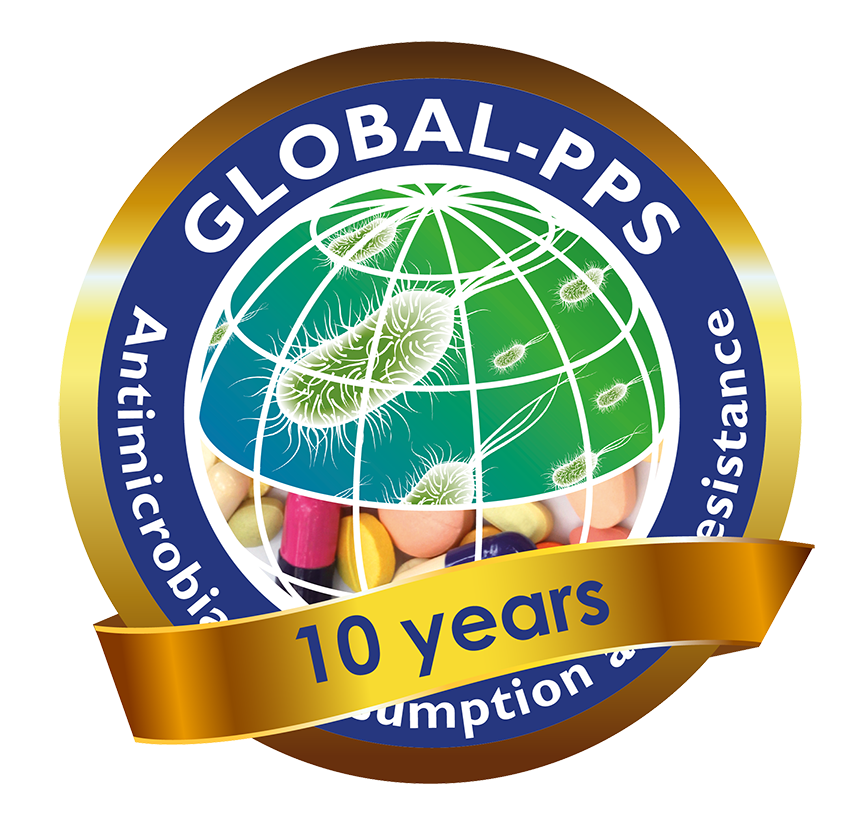Interview with Maxencia Nabiryo: tackling AMR in Africa through data and stewardship
 Could you tell a bit about yourself and your professional background?
Could you tell a bit about yourself and your professional background?
Maxencia Nabiryo: My name is Maxencia Nabiryo, and I’m a public health practitioner working with the Commonwealth Pharmacists Association (CPA) as Head of Programmes. Since joining CPA in 2021, I’ve been deeply involved in antimicrobial resistance (AMR) initiatives, particularly through programmes like CwPAMS (Commonwealth Partnerships for Antimicrobial Stewardship) and SPARC (Surveillance and Prescribing Support for Antimicrobial Stewardship Resource Capacity Building).
Why is tackling antimicrobial resistance so crucial, especially in African contexts?
Maxencia Nabiryo: AMR threatens the progress made in modern medicine. Antibiotics, once revolutionary, are losing effectiveness due to misuse and overuse. In Africa, there is an increased risk due to poor infection prevention and control (IPC), overcrowded hospitals, and limited resources. These conditions foster the spread of resistant infections. Economically, AMR prolongs hospital stays, increases healthcare costs, and forces reliance on expensive drugs, if they are at all available. Possibly with fatal consequences.
Could you tell us more about the CwPAMS programme, its objectives and impact?
Maxencia Nabiryo: CwPAMS has been funded by the Fleming Fund since 2018. It aims to strengthen health systems and workforce capacity in eight African countries. A key goal was generating evidence to prove AMR is a local issue and not just a Western concern. Over 170 sites participated, with mandatory data collection using tools like Global-PPS. This data informed policies and guidelines, empowering AMS committees to take evidence-based actions. We’ve trained over 27,000 healthcare workers and conducted more than 170 PPS surveys, resulting in over 80 AMS action plans.
How do participants perceive the Global-PPS tool? What are its strengths and challenges?
Maxencia Nabiryo: Global-PPS has been widely embraced, used in over 70% of our sites, because it’s free, accessible, and provides immediate reports. Unlike national-level data collection, Global-PPS empowers local teams to collect, analyze, and act on their own data. This fosters ownership and site-specific solutions.
But challenges exist as well. Internet access and digital devices are limited in many regions. Some sites struggle with data entry errors and report interpretation, requiring technical support and workshops. In Uganda, one site had to switch to WHO methodology due to validation issues, highlighting the need for better support and integration.
How is the SPARC project different from CwPAMS?
Maxencia Nabiryo: SPARC builds on CwPAMS by focusing on data usage. It includes a “Data for Action” workstream that guides teams through data collection, analysis, and application. We collaborated with the Global-PPS team to adapt protocols for local contexts, including translations. SPARC also addresses gaps in access to treatment guidelines through the Prescribing Companion app, and supports medicine tracking via electronic systems. It’s a response to challenges identified in CwPAMS, aiming to deepen stewardship and improve prescribing practices. We’ve trained teams from over 100 hospitals across 11 countries in both Global-PPS and WHO methodologies. Most preferred Global-PPS for its practicality. Leadership training has empowered pharmacists to become national trainers and advocates. In SPARC’s first phase, 15 out of 25 targeted sites developed AMS action plans based on Global-PPS data. We now hope these plans will be used to create quality improvement projects.
What key lessons have you learned from working across Africa?
Maxencia Nabiryo: First, data generation is vital, but it must be locally led to foster ownership. In Tanzania, a microbiologist realized AMR was a real issue only after seeing local data. Second, data usage lags behind data generation. We must invest in translating evidence into policy and practice. Third, community-level antibiotic access is largely unmonitored. In many African countries, about 80% of antibiotics are accessed outside formal healthcare facilities, often through community pharmacies and drug shops. In Kenya, over 40% of patients begin treatment at community facilities before seeking hospital care. This widespread access to antibiotics, combined with weak regulatory enforcement, is concerning in many ways. It results in the unregulated dispensing of antibiotics, self-medication without prescriptions, and limited awareness of antimicrobial resistance among both healthcare providers and patients. Surveillance at the community level remains minimal, creating a major blind spot in national AMR strategies. I would very much like to see monitoring tools being expanded to include community settings. Global-PPS’s outpatient module is a good start, but it’s not enough.
What should be the immediate focus to enhance antimicrobial prescribing?
Maxencia Nabiryo: We’re piloting community pharmacy toolkits to understand AMR at the grassroots level. As said, awareness among pharmacy staff is often low, leading to inappropriate prescribing. We’re also raising awareness and intervening on substandard and falsified medicines, which is a growing concern in Africa. Another priority is empowering healthcare workers to advocate for change. They must communicate findings to policymakers and influence resource allocation. Advocacy at global forums like the World Health Assembly is also key.
Any final insights or advice for the Global-PPS community?
Maxencia Nabiryo: Sustainability is a major reason we chose Global-PPS. It’s free and accessible, allowing sites to continue data collection even without funding. Many have done so, showing strong appreciation and commitment. As such, Global-PPS has been instrumental in our success. Its existence simplified data collection and analysis. However, integration with WHO methodology would be a major step forward. WHO has strong ties with national governments, and I think a merger would enhance credibility, reduce confusion, and prevent duplication of platforms. It would really streamline efforts and encourage governments to adopt and use the data more effectively.
